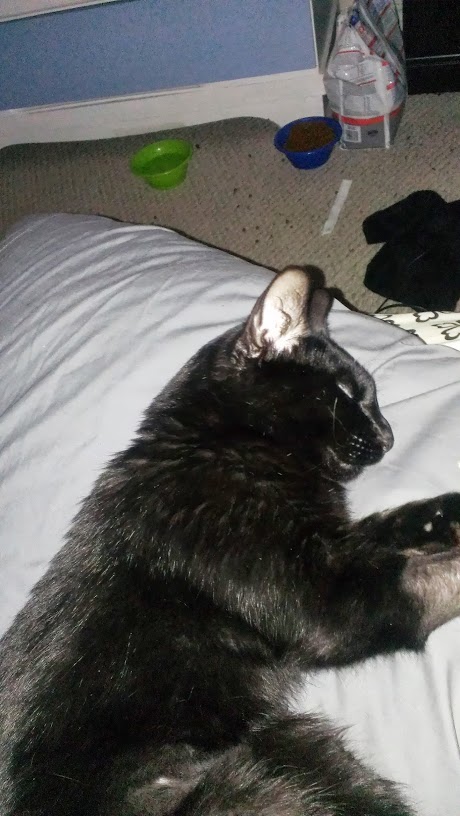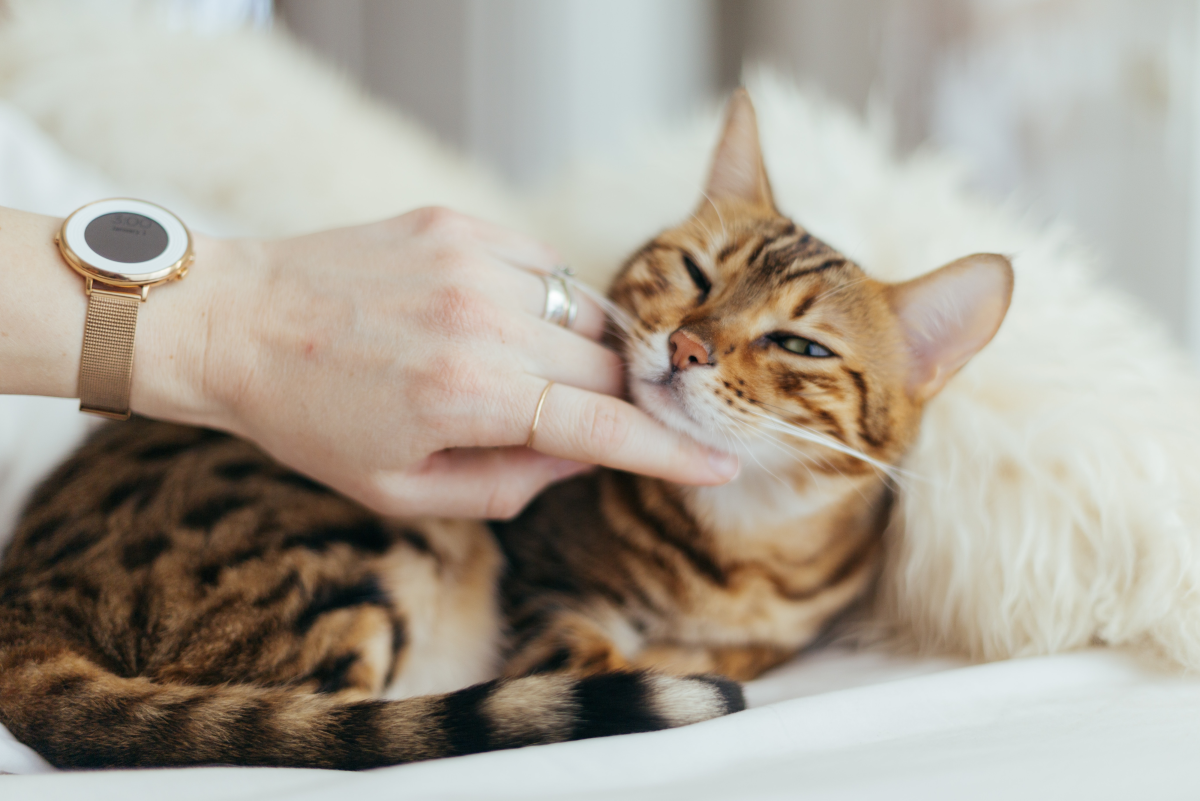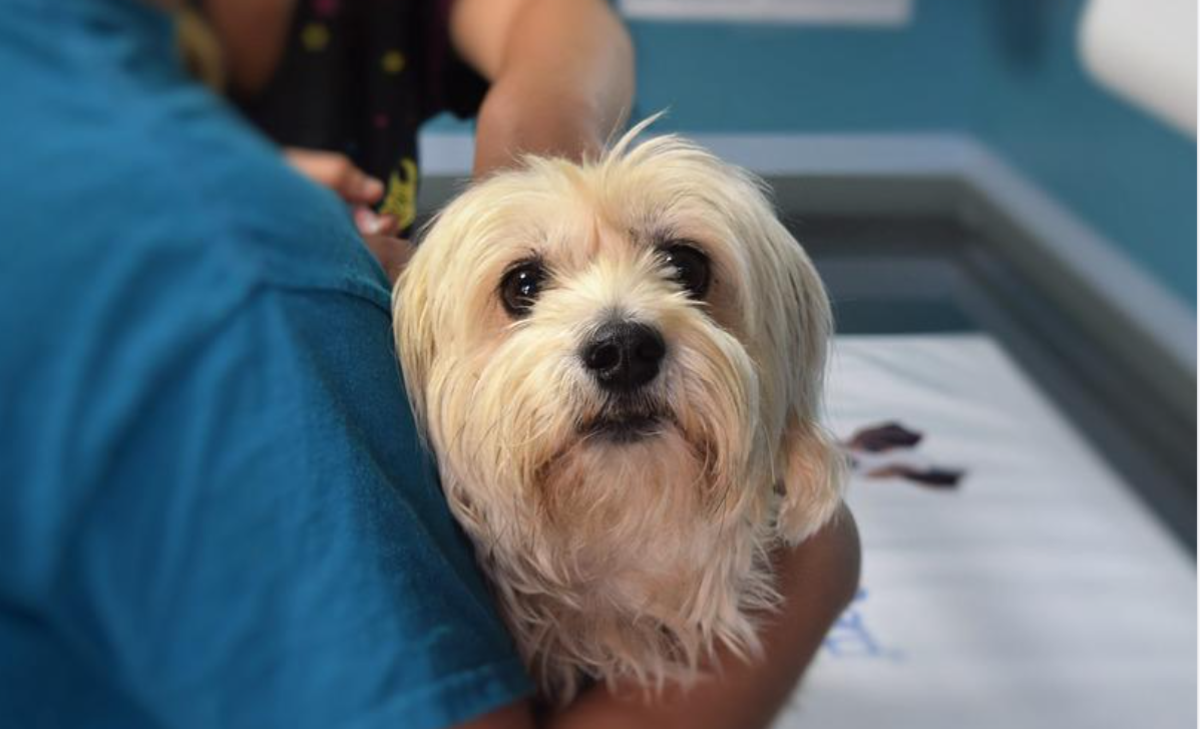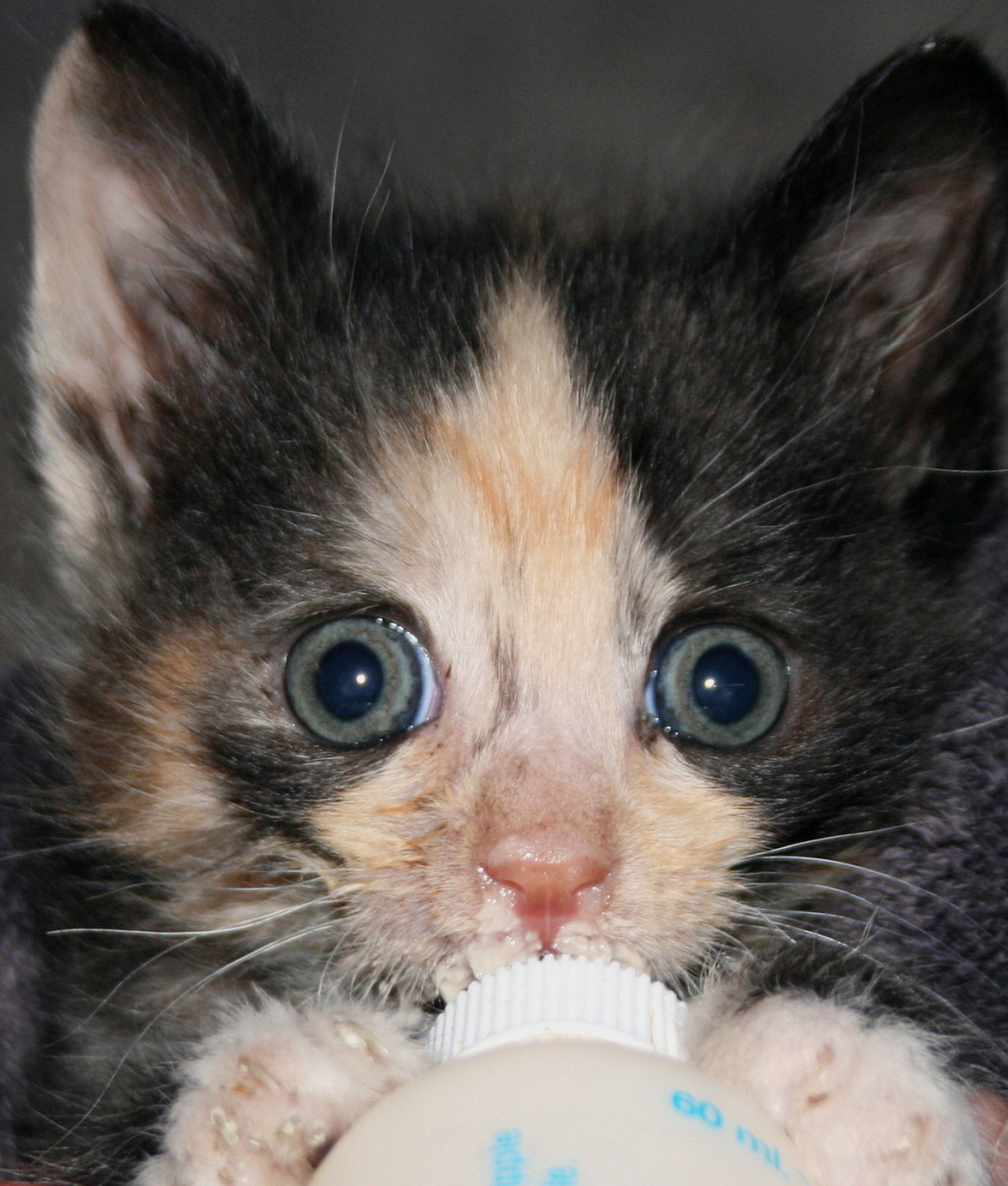Minor Injury Care for Pets
A Pet-Parent's Worst Nightmare
You get home from a long day of work, and look forward to seeing your furry best friend. When you arrive home and open the door, you notice a distinct smell that shouldn't be there. Another thing that's not there; your pet! Heart racing, you frantically dash around, searching for the missing creature in question, and finally, under the bed shivering, you see them. Now, time to see what's wrong.
Hiding Pets Are Tough To Treat

Sherlock Holmes is on the Case!
First things first, give your pet a big hug! Just not too tight incase they are seriously injured. Now, going back to when you first walked in, the smell is actually very important to try to figure out what's going on. If you smell pennies or copper, that is the smell of blood. It catches in your throat, and if you smell it when walking in the door, either there is a puddle of it close by, or there's a lot of it somewhere else. Don't panic!!!!! Animals, like humans, have some spots that just happen to be high blood flow areas, and even though it looks or smells like a ton of blood, it may not be. Blood is highly noticeable on most cloth items of varying colors, as well as on tile or light wood flooring. Pay attention to where the blood is. If there's a large puddle on the floor, but none anywhere else, it could actually be urine or stool. Make a vet visit as soon as possible in this case. If there's small to medium drops all over the floor, with a slight puddle where ever your pet was laying, they may have a slight laceration. Depending on the size and location, you may be able to treat this at home. If there's small sprays of blood all over the floor and walls, this could be a laceration to the head or tail. If the bleeding hasn't stopped by the time you are home, but the blood on the wall is dry, this one may require a vet visit as well, but if the bleeding has stopped, and you can clean the area without making it bleed more, you may be able to stay home with some vet recommendations.
If you walked in and smelled rotten trash mixed with a slight coppery after taste, get your baby to the vet A.S.A.P. This is the distinct smell of what veterinary technician begrudgingly call Parvo Poop, or the partially bloody diarrhea of a young dog to puppy that has been infected with the Parvo Virus, a highly contagious and highly fatal disease common in puppies bought or adopted from puppy mills, improperly cleaned shelters, or pet stores that don't vaccinate like the state laws require. The sooner you get your pup in to the vet for treatment, the higher the chance of survival. Survival is possible, too! Don't give up hope. More and more Parvo treatments are coming around and working wonderfully. Just understand that the treatment is quite expensive, and it takes weeks for the pup to be well enough to go home. Most vets accept Care Credit, especially in this case, so I would consider the extremely high interest rates after 6 months, if it meant saving your precious friend's life. (Apply online anytime, if approved, you can use it right away.) My heart goes with you in this situation, it's a tough, long road to go down.
If you come in and smell the sour smell of citrus mixed with bad ground beef, your pet has possibly vomited somewhere. Depending on the severity, what is in the vomit, behavior afterwards, and the number vomit piles, this could be as simple as they ate too much, or as complicated as having an impaction or gastrointestinal blockage that requires emergency surgery. I would call your local vet and ask for recommendations from a technician on this one, especially if the vet knows your pet specifically. Some medications that are safe for most pets can cause allergic reactions in others. When in doubt, give your vet a shout! As long as the vomiting is not too severe, most vets will take a watch and see stance. Given time, most animals get better from vomiting on their own. However, if it happens more than once every so often, get some bloodwork done just to be safe. Personal example: My cat Buddy started vomiting sporadically one day. No food, just bile, 4-5 piles, then would be lethargic and not eat the rest of the day. My vet said to give him a day or two, and if he wasn't eating by then, to bring him in. He started eating the next day, so I didn't think about it. A few weeks later, it happened again. Then another week later. Then it would go on a full day, nothing but vomiting bile, minor shivering, and refusal to eat or drink. Then it started lasting 2-3 days of him going through his "episodes." After the vomiting got closer together the shivering started, I brought him in and had an ultrasound done. Clear, except for his kidneys, which were not working properly. Bloodwork came next. Turns out, when I brought him, his brothers, and his father to a discount neuter service, they didn't clean their equipment properly between surgeries, and they gave my Buddy, his brother Tigger, and their father Soulja Boy Feline Leukemia. The latter two have the dormant strain, they're carriers but show no symptoms at the moment. Buddy, unfortunately, had the active strain, and it was destroying his kidneys. My two year old baby, that I had delivered third of six in a 9 hour labor, had the kidney function of my 22 year old cat that I had put down earlier in the year. In this case, supportive therapy was the only thing to do. IV fluids and hospitalization for days on end, just to get him to eat racked up my vet bill to the thousands in no time, just to have him get sick again in shorter and shorter spans. I even gave him subcutaneous fluids, or fluids given under his skin for his body to absorb at its own pace. All of this was in vain. After a long and expensive battle, I said goodbye to my Buddy, my best friend, my smiling face every morning and purring lump every night, and let him go before the pain could take him. And it all started with a few piles of bile and a refusal to eat the next day. Always call a vet when there's vomiting more than once or twice, or if there's anything other than food in it. It could extend a life span, or even save a life.
My Buddy

Home Treatment of Minor Lacerations
Most minor lacerations, depending on where they are, can be treated at home, as long as a vet is willing to give you some antibiotics. Remember, pets don't take a bath every day like we do, so they carry around more bacteria on themselves as well as in their mouth, which is always used to "clean" the wound. Antibiotics are quite important for most lacerations, especially when they're on the feet or legs. Most vets, if explained that you have properly treated the laceration, and that it doesn't need sutures, but you want to give a dose of antibiotics for safety, will prescribe them for a recent client. They need an updated weight, most likely at their clinic within the past 6 months, to make sure they give the right amount. Also, and a little known fact that most vets don't want you to know, if they give you a prescription at their clinic, it's usually between $15-80 just for a two week course of antibiotics. However, a new law that passed last year requires that if a client requests it, they have to give you a written prescription for the human based equivalent of the drug. What that means is that the $75 prescription of Clavamox can be picked up at Wal-Mart for $4. Just understand that a lot of medications are pet only, or the human equivalent is not the right dosage, so don't get mad if they say they can't. Most antibiotics they can though, as long as they're not injectable or pet specific, like Orbax.
Treating the laceration on a pet is like treating a semi-severe cut on a child. First, take a breath and calm down. Pets can sense your panic, just like children feed off your calm nature about an injury. If you're calm, they will calm down too, and treatment won't be as bad. Second, locate the injury. If there is long hair around it, they need a bit of a hair cut. Be careful to not cut them again though! If it's on a delicate area, like the face, eye, or genitals, they're going to lick way too much, so they will need a "Cone of Shame." If it on the foot, leg, or pads of the foot, these are tough areas. Especially the pads of the feet. They're prone to bleed a lot, and even with stitches or stables, they tend to pop open and start bleeding again weeks after the incident. These ones require bandages, wraps, gauze, etc. as well as possibly the Cone. An honest vet will tell you that they could stitch these areas, but they are likely to break the stitches, and it would be best to confine the pet, wrap the area up with medium amount of pressure, and make sure they can't like it so it can heal on it's own in the time it needs, usually a few weeks to a month, maybe a bit longer for bottom of the foot cuts. They should recommend a topical antibiotic like Neosporin to apply directly to the laceration before putting on the gauze, then wrapping to where the gauze doesn't move up or down while walking. Don't wrap it too tightly, or it will cut off circulation of the leg or foot, and it won't heal properly, or at all, and it could cause other problems. Keep your pet confined as often as possible, in a room or kennel, so that way they're not using the foot or leg too much, and it will heal quicker and easier. Also try to not let them bite or chew the wrap off. That's the only thing keeping them from licking it raw, which they will do out of instinct. Confinement, wrapping, and oral as well as topical antibiotics will have them back to their selves in no time. If it's a laceration on the top of the head, back of the neck, shoulders, hips, etc., this is normal for a fight between pets. Usually they are superficial, and once the bleeding stops, it heals with minor attention needed. Just make sure to keep pressure on the laceration for 5-10 minutes to stop the bleeding, clean the affected area well with hydrogen peroxide, and trim the hair around it so you can keep an eye on it to make sure its scabbing over well, not oozing, not changing colors, and not being licked excessively. If it's on an area that your pet can lick, use only a small amount of Neosporin, let it sit for a few minutes, then wipe it off. The topical antibiotic works well, but can make your pet sick if ingested. Wounds from bites can get infected badly, so make sure to apply topical antibiotics at least once a day until a scab forms. If the wound starts to put off a nasty smell, looks inflamed, red, green-ish, yellow, or black, oozes this white, yellow, or green puss, seems excessively hot to the touch, or seems to get bigger instead of getting smaller, bring your pet in to a vet. It may require more antibiotics, a closer look to see if there's debris that you missed, or even an X-Ray to see if something is broken underneath.
A Bloody Battle

Food For Thought
Where have you successfully treated a laceration at home?
What To Keep in Your Animal Emergency Kit
Everyone has somewhere to go when a child gets a bang on the head or a scrape on the knee. But not everyone has a pet first aid kit. I highly recommend making one, just in case of an emergency. It's better to have it and not need it, than to need it and not have anything. Plus, animals can be just as accident-prone as people.
- Sterile Gauze
- Pressure Wrap, also known as self adhesive bandaging or Vet Wrap
- Bottle of water
- Small bottle of hydrogen peroxide
- Children's Benadryl, liquid, chewable, or pill
- Meclizine, also known as Dramamine
- Large syringe, no needle necessary
- Tweezers
- Small flashlight
- A slip leash
- Small dog treats
- A towel or blanket
Most, if not, all of these items you can get from your local drug store or Wal-Mart. All of them can be used safely to treat completely or just treat temporarily until you get to a vet. Bleeding issues use the gauze, peroxide, and vet wrap. Minor vomiting issues use the Dramamine. Allergic reactions or bee/wasp stings use the Benadryl. The leash can be used as a temporary muzzle if necessary, or just a leash to get from the car to the vet office. Always consult a vet if you have any questions, especially when using any OTC medications. Both Benadryl and Dramamine are normally safe to use, but need to be given at the right amount based off weight. Depending on the strength of Benadryl, you could be giving 1/4 tablet, or 4 tablets, and the same for Dramamine. Never give any OTC medication without consulting a vet first, they may have something better to give, or the symptoms you describe may be something more serious.
© 2015 Amber Davis








